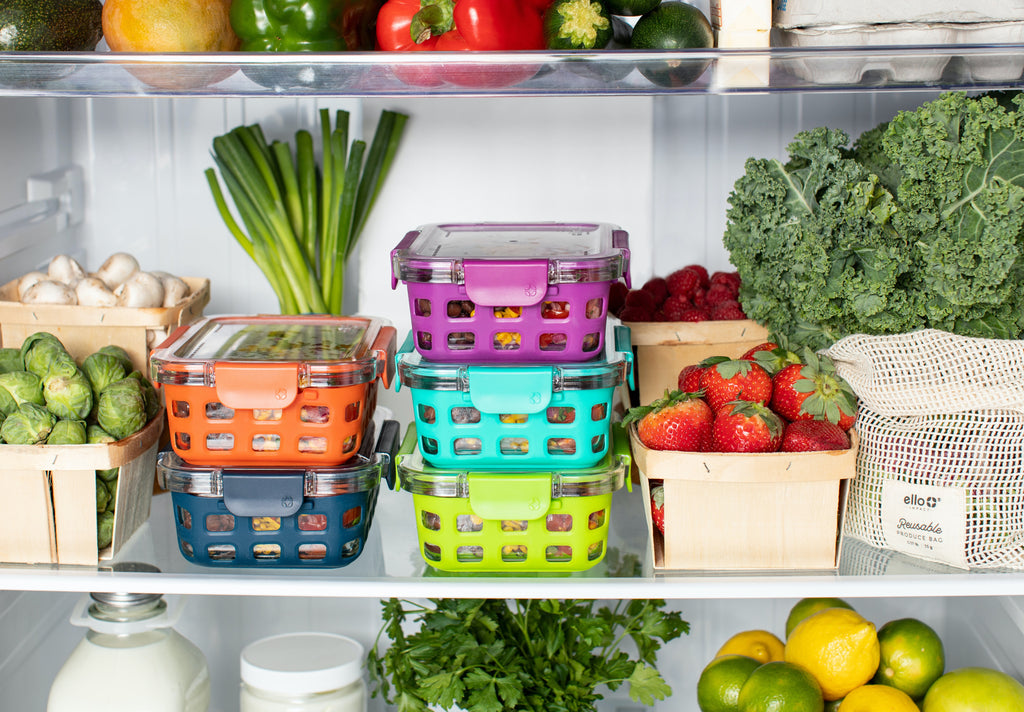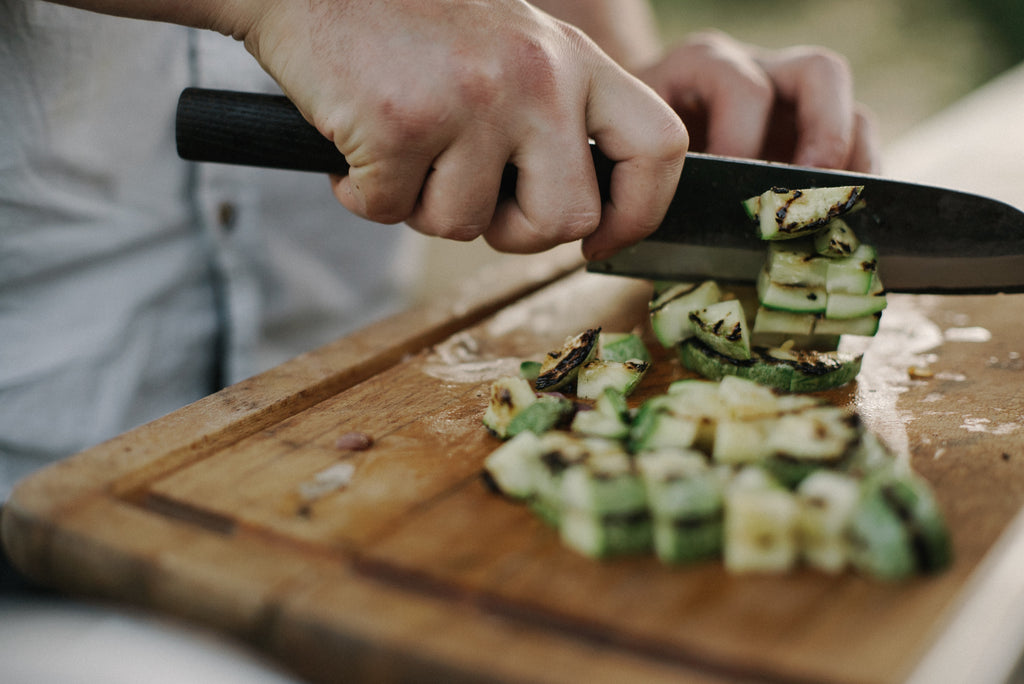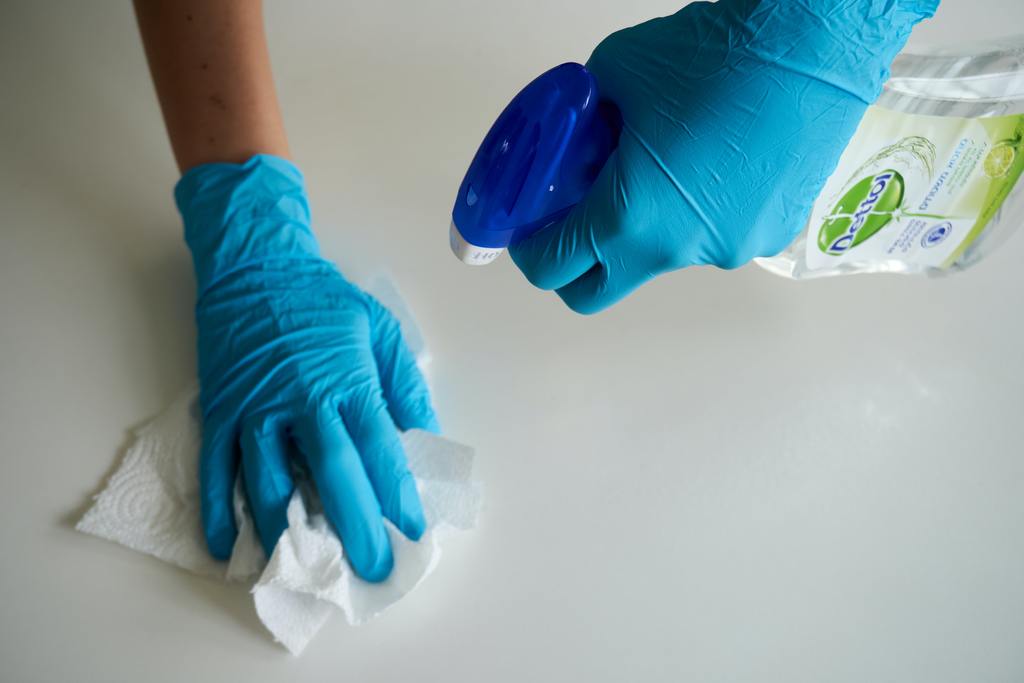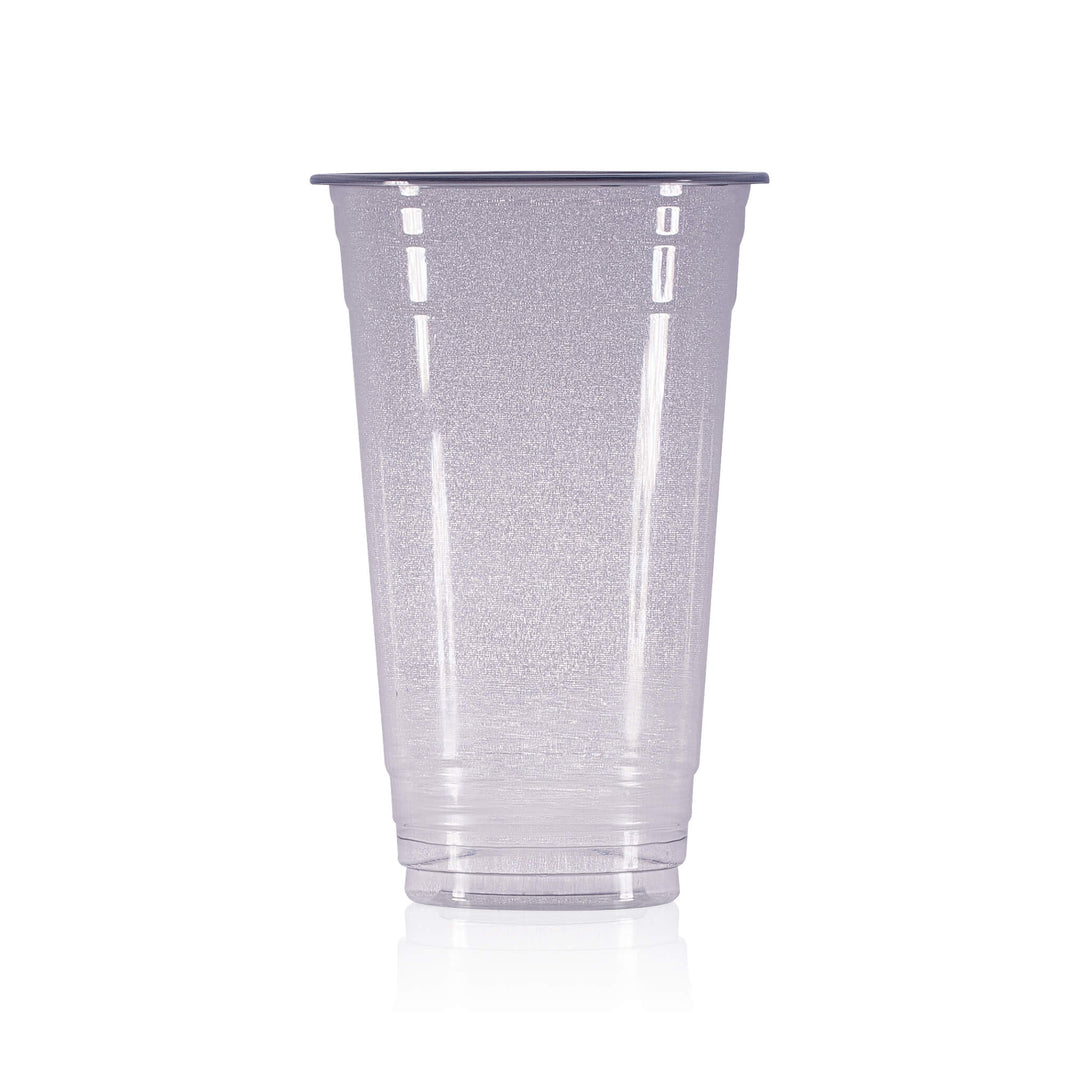How To Achieve A Level 5 Hygiene Rating For Your Takeaway Business
If you run a takeaway business, then you probably already have good hygiene practices in place. However, how can you prove that to your customers and entice them to want to purchase from you? This is where the Food Hygiene Rating Scheme can help.
When deciding where to eat, many people tend to read online reviews, listen to recommendations, or compare ratings. The FSA (Food Standards Agency) is where these ratings come from.
The Food Hygiene Rating Scheme can provide businesses where food is consumed, sold or supplied with a rating between 5 and 0. This rating gives customers a clearer understanding of the business’ hygiene standards so that they’ll be able to make an informed decision on where to eat.
So, how is this rating decided on by the Food Hygiene Rating Scheme?
A food safety officer will carry out an inspection; these are frequently completed anywhere between six months to two years, depending on how high risk the business is considered to be.
During the inspection, the business will be judged on their handling of food (including storage and preparation), cleanliness, and how food safety is managed.
Once a rating is decided and given, the business can display its rating sticker. Additionally, the rating can be found online.
The ratings are as follows:
5 – hygiene standards are very good
4 – hygiene standards are good
3 – hygiene standards are generally satisfactory
2 – some improvement is necessary
1 – major improvement is necessary
0 – urgent improvement is required
Going from the above, the desired aim for a restaurant or takeaway business would be to achieve a level 5 hygiene rating since this will give their customers the confidence to purchase from them.
However, the aim shouldn’t be to demonstrate good hygiene practices only during the inspection. Local authorities may also monitor the business in between inspections, and if they discover that hygiene standards are dropping, then a new inspection may be carried out and a new rating will be given. This means that good hygiene standards must be consistently maintained.
If you own a takeaway business or any other establishment where food is supplied, sold or consumed, then you may be wondering how you can achieve a level 5 hygiene rating.
Well, we have put together some tips that will help you to ensure that your food hygiene and safety practices are at a high standard.
1. Food Storage System
Ensure that you have a safe food storage system in place. Ideally, stored food should be kept separate from where food is prepared.

You should have designated storage areas for:
Chilled food
This is food that needs to be refrigerated and should usually be stored at a temperature between 3˚C and 5˚C. If food is not properly stored at the correct temperature, then bacteria can multiply. This is when food poisoning can occur.
Dry food
This is food that does not require a climate-controlled environment. There should be no moisture in a dry storeroom.
Frozen foods
This is food that should be kept frozen before being cooked to ensure no bacteria grows on the food. The temperature of a freezer should be around -18˚C.
2. Food Preparation Area
You should maintain a clean area where food is prepared.
Work surfaces should be regularly wiped down and there should be designated chopping boards and knives for certain types of food. These can be colour coded according to what food they’re used for.
Used utensils should be effectively cleaned and not left to accumulate.

3. Kitchen Cleanliness
All areas of the kitchen should be kept clean. The floor should be regularly swept and mopped with a disinfectant. Big appliances, such as an oven or dishwasher, should be pulled out so that the floor beneath and behind can also be swept and cleaned. These are the areas where dropped food can’t easily be identified, but if they’re left, bacteria will quickly grow.
Additionally, walls should be wiped down regularly since food can get stuck to these surfaces by fingers or spitting pans.
Staff members should be washing their hands frequently, particularly when preparing food to avoid cross-contamination. To effectively kill bacteria, a hand wash should be provided for all staff to use.

4. Staff Training
All food handlers must be trained at a sufficient level according to their role. Several food health and safety courses cover the skills necessary to gain and maintain good hygiene and safe practices.
Once passed, staff members will achieve a food health and safety certificate, which provides evidence of their competence within a food environment.
5. PAT Test
You should keep all kitchen equipment up to date and ensure that it’s regularly tested. Well-maintained equipment helps to keep staff safe as well as ensuring that food is properly stored, prepared, and cooked
You can test your equipment by carrying out a PAT test. This is a visual inspection of your equipment where you’ll check for any damage or general wear and tear.
Any equipment that has a plug should be PAT tested, and the test should be carried out by someone competent in the PAT test training.
6. Keep Records
Try to keep records of the food hygiene practices that are maintained in the kitchen.
These can be useful for your staff to refer to but they’re also vital for inspectors since you can provide evidence that you’re being responsible for your staff and kitchen.
This is where you can keep certificates from any training that has taken place.
We hope that these tips will help you to achieve good hygiene standards within your business. Remember that people judge food establishments by their ratings; so the higher the rating, the more likely they are to purchase from you.
If you need any products, such as hand wash or kitchen towels, to help you maintain high cleanliness within your business, then take a look at the hygiene products that Albiz offers.




